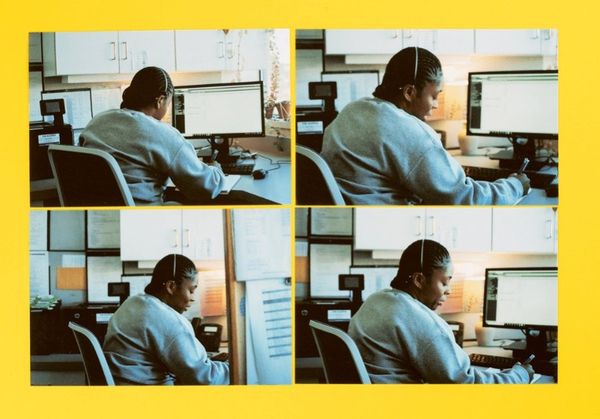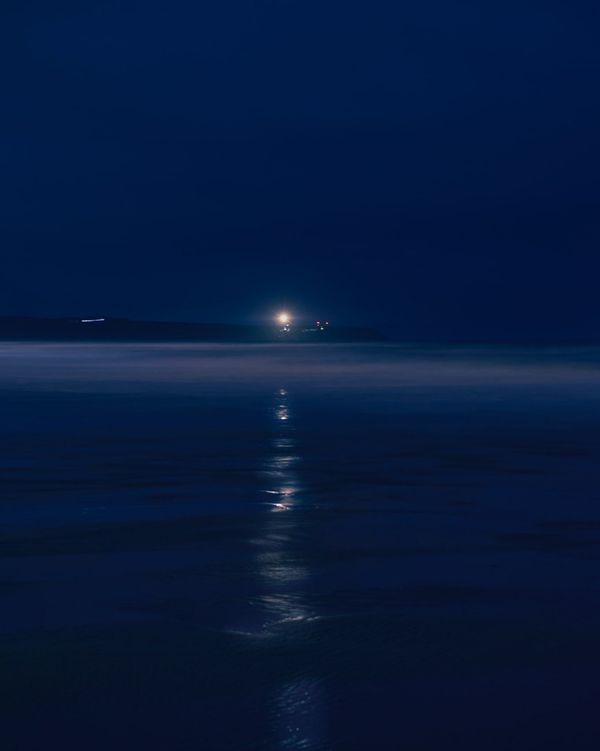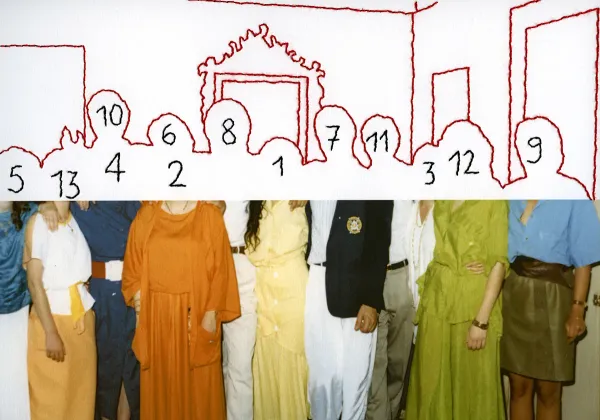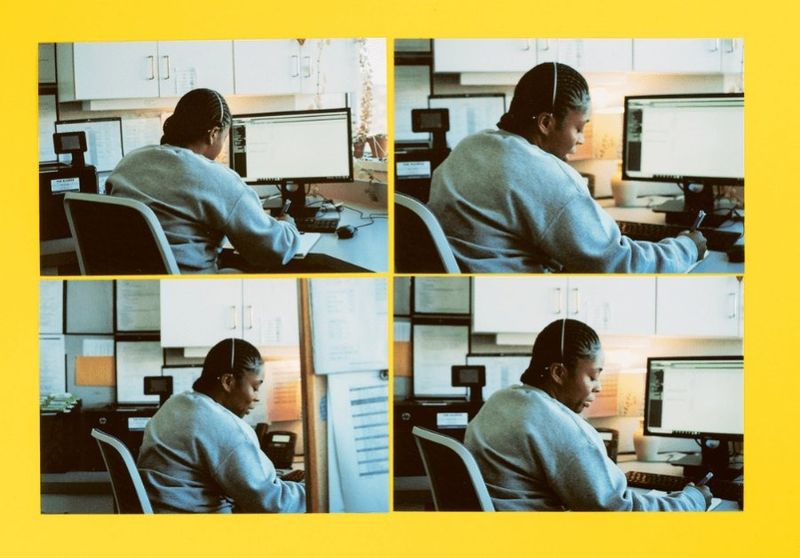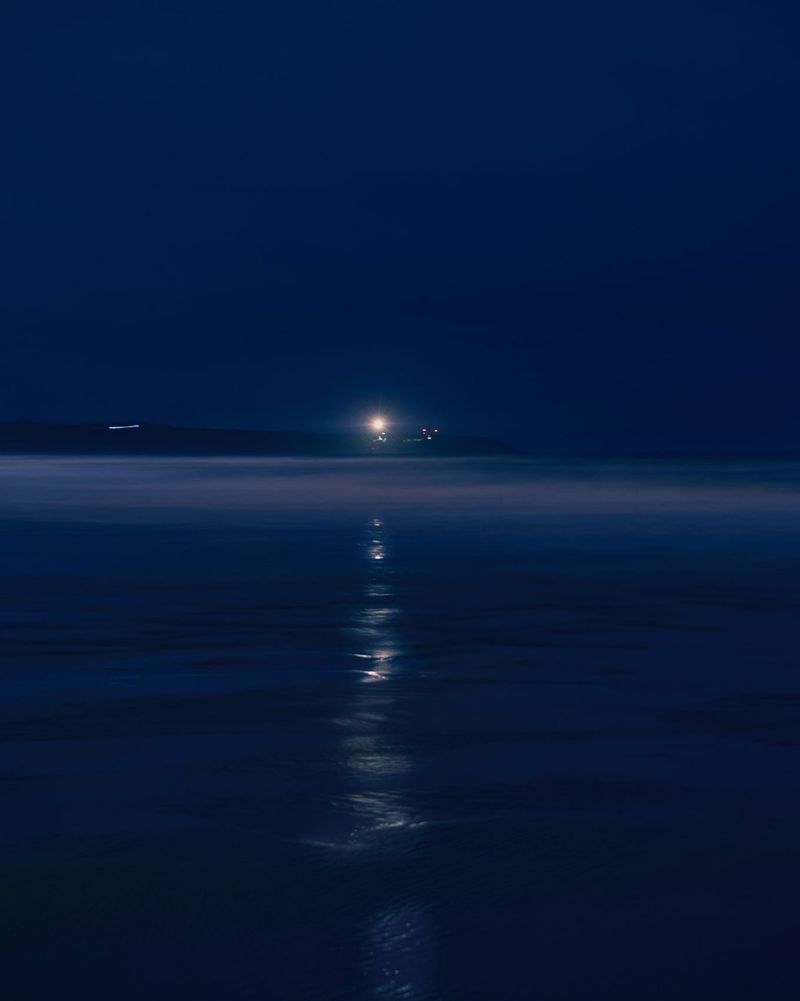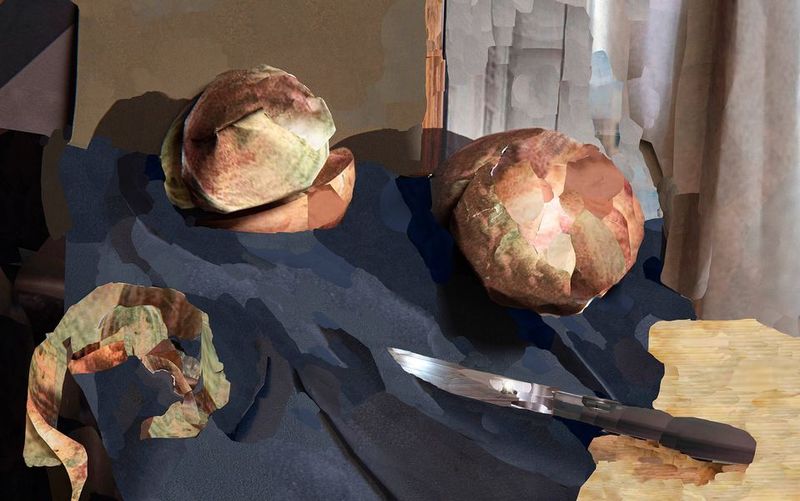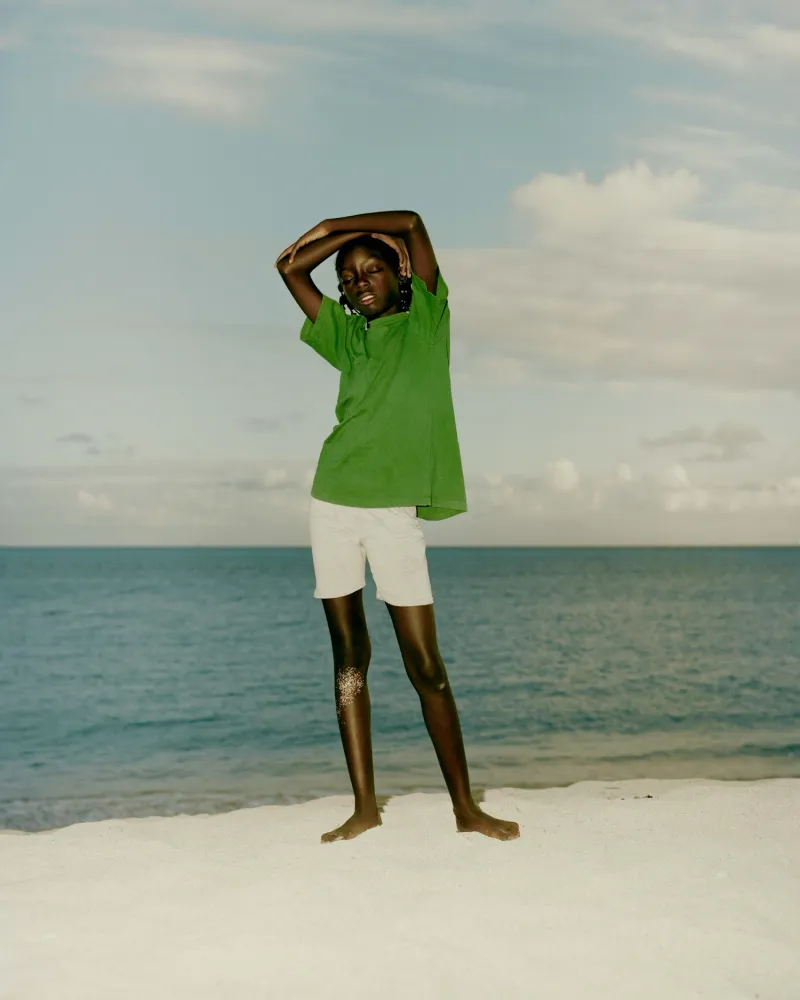Paris Photo 2025
-
Opens13 Nov 2025
-
Ends16 Nov 2025
-
Link
- Location Paris, France
Paris Photo offers a cultural program that makes it the unmissable gathering for market players: a landmark exhibition of a private collection, thought-provoking conversations, the Elles × Paris Photo program, book signings, and more.
Overview
This year, the fair brings together 179 galleries and 43 publishers from 33 countries, including 60 first-time participants and returns.
Paris Photo is pleased to announce The Last Photo, a selection of works from the collection of Estrellita B. Brodsky, one of the most influential collectors in the field of Latin American art. With over 1,000 works in a broad range of media, Brodsky’s collection is distinguished for its scholarly approach, a reflection of its owner’s trajectory as an art historian and Latin American art specialist.
The first significant presentation of Brodsky’s collection in Europe, The Last Photo will feature a selection of more than 60 works dating from the 1940s to the present, curated by José Esparza Chong Cuy and Marie Perennès. Occupying the South-East Gallery of the Grand Palais, the exhibition will include artists such as Diane Arbus, Bernd and Hilla Becher, Paz Errázuriz, Fernell Franco, Leo Matiz, Vik Muñiz as well as younger figures, such as Regina Galindo, Tania Franco Klein, and Pablo López Luz. The exhibition takes its title from a photograph by Brazilian artist Rosângela Rennó in which she invited photographers to take a final roll of film before sealing their lenses with ink. This quiet yet powerful gesture marks a symbolic end to analog photography and opens space to consider how the photographic image, once a fixed and material object, has become increasingly unstable—easily replicated, shared, or erased. In this shift, questions emerge: What is a photograph today? What does it mean to fix an image, to hold onto a moment, to make something visible? Bringing together traditional photography as well as processes such as silkscreen prints, Xerox, video and other forms of mechanical reproduction, the exhibition considers the ever-shifting nature of photography as a medium in flux—one that both reflects and complicates our understanding of truth, memory, and representation.
For this new edition, the Cnap presents a selection of five artists emblematic of its policy of enriching the national collections. The exhibition Faire Familles - Making Families features Carolle Bénitah, Donna Gottschalk, Nhu Xuan Hua, Yveline Loiseur, and Vasantha Yogananthan, five photographers whose works have recently entered the collection. Their works are brought together around the idea of family, viewed through the lens of social changes and the politics of intimacy. Families endured, chosen, of the heart, lived, or imagined are represented by the artists, both through the marks of attachment and the codes of vernacular photography. The exhibition also addresses the question of migration, exile, and their effects on the family and its memory—transmitted, lost, or reconstructed. Bonds between individuals, differences and similarities are explored in a context where the institution of the family is reconsidered through various forms of belonging.
The Main Sector of Paris Photo brings together 139 international galleries, including 34 solo shows, 3 Prismes projects, 8 duo shows, and 93 group exhibitions showcasing a dialogue between historical and contemporary photography. Each year, some galleries choose to spotlight the work of a single artist. In 2025, Vermelho will present Claudia Andujar’s iconic 1970s series, Jackson will debut never-before-seen prints from At Twelve by Sally Mann and ROSEGALLERY will highlight the fictionalized stagings of Tania Franco Klein. These and other projects will be on view in the nave of Paris Photo.
Following its launch in 2024, the Voices Sector has now moved to the central nave. Curated by Devika Singh and Nadine Wietlisbach, it places a curatorial reflection at the heart of the Fair with a proposal on landscape and a project on kinship ties and their representations. Works move from the mountanous sceneries of post-war Lebanon (Daniele Genadry) to the half-built infrastructure of contemporary Persepolis (Mohammad Ghazali) and the makeshift homes of farmers contesting the deregulation of agriculture (Gauri Gill). The selection is deliberately decentred with works made in countries ranging from India to Egypt, Iran, Lebanon, Roumania and Poland. Each artist in their singular way expands the definition of landscape in photography and its embedded memorial, social and political stakes.
The Emergence Sector explores the contemporary art scene at its most inventive. From addressing current social and cultural issues to experimenting with new techniques, it showcases the energy and creativity of a new generation of artists. Located on the balcony of the Grand Palais, Emergence presents twenty solo projects. Conceived as a space for discovery, it bears witness to the vitality of emerging scenes worldwide, from South Sudan, with Atong Atem (MARS, Melbourne), to Venezuela, with Suwon Lee (Sorondo Projects, Barcelona), from Brazil, with Rodrigo Braga (SALON H, Paris), to Mexico, with Camila Falquez (Hannah Traore, New York), or South Korea, with Sibusiso Bheka (AFRONOVA, Johannesburg). It also asserts the position of the French scene with, among others, Marine Lanier (Espace Jörg Brockmann, Geneva), Bérangère Fromont (Bacqueville, Paris), and Sylvie Bonnot (HANGAR, Brussels).
Dedicated to photography and the image in the digital age, the Digital Sector enters its third year as a unique and defining part of Paris Photo. Curated by Nina Roehrs, the 2025 edition brings together thirteen contemporary art galleries, curated platforms, and special projects, presenting artists who integrate digital realities into their practice. Conceived as a bridge between the history of photography and the future of the image, the sector reflects how digital practices expand the medium beyond traditional boundaries and shape the evolving ecology of images in the digital age, affirming the central role of new practices within photography.
In addition, curator Devrim Bayar has been invited to create the Elles × Paris Photo path dedicated to women artists, in partnership with the Ministry of Culture. The program highlights the creation of women photographers and their role in the history of the image and its current trends. For its 2025 edition, it explores the complex relationship between the figure, often female, and the setting in which it is photographed, sometimes enveloping and sometimes consuming it. These interactions between body and context are never neutral: they reveal plural ways of inhabiting the world, of occupying space, of asserting a presence or, on the contrary, of erasing it. Through this selection of works, a reflection on visibility, identity, and memory emerges. Some images depict drowsy figures, dreaming or with their eyes closed, suspended between interiority and appearance. They remind us that the photographic image is never unequivocal: it is made up of strata — visible or invisible, material or mental — that are superimposed and replayed with each glance. Because to see is also to project: our desires, our lacks, our memories, and our knowledge are intertwined in the very act of perceiving, constantly redefining what the image gives us to see.
Additionally, for its 28th edition, Paris Photo brings together 43 publishing houses from 17 countries, confirming the importance of the book in the history and current state of the photographic medium. Located on the upper floor, along the balcony and in the South East Gallery of the Grand Palais, the Book Sector brings together photography books, artist’s books, limited editions and multiples. The very popular Book Sector will be animated throughout the fair with more than 400 signing sessions, providing privileged moments to meet the artists.
New this year, the Book Talks is organized in collaboration with Printed Matter, celebrating photo books and their authors through roundtable discussions and 30-minute short sessions focused on new publications, offering a dynamic overview of contemporary editorial creativity. Additionally, each year, Paris Photo presents a series of Conversations held over the four days of the fair, bringing together artists, curators, critics, and other leading figures from the art world. In 2025, the program includes a conversation with Sophie Ristelhueber, as well as an open seminar at the Sorbonne led by Michel Poivert with his Master’s students. Carmen Winant and Martine Gutierrez will offer two readings-performances. A preview screening of the film Ferdinandea by Clément Cogitore is also scheduled. In addition, a discussion on the theme AI Agents as Artists will focus on the challenges of artificial intelligence in artistic creation. The one-hour-long conversations will be held in the auditorium of the Grand Palais, four times a day.
Since 2012, the Paris Photo–Aperture PhotoBook Awards have celebrated and honored the essential role of the photobook in the dissemination and evolution of photography. Over the years, the award has become a leading reference in the field of publishing and recognizes excellence in three categories: First PhotoBook, PhotoBook of the Year, and Photography Catalogue of the Year. The winners of this new edition will be announced during the fair on Friday 14 November, 3pm, on the Balcon de l’Horloge.
The event also provides a dedicated space for artists and the public to meet through an extensive book signing program. More than 400 photographers, authors, and artists participate in the Book Sector, making it a vibrant hub for exchange, discovery, and engagement with the photo book.
Plus, Paris Photo develops an educational project designed to introduce the public to the practices and skills involved in photography. Conceived as an immersive experience accessible to all, it highlights both the technical and creative aspects of the medium, while providing a dedicated space for learning and exchange.
